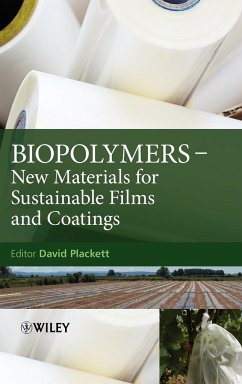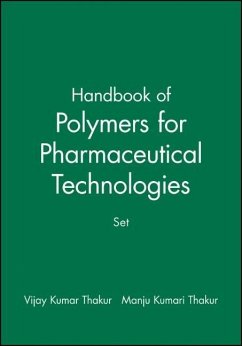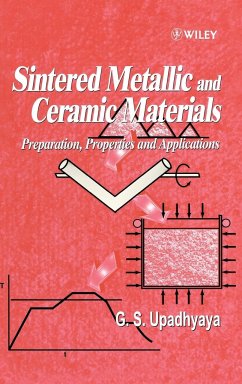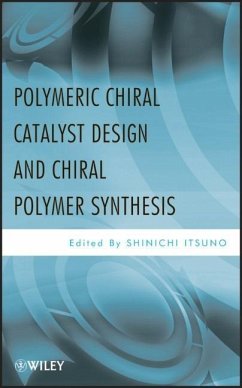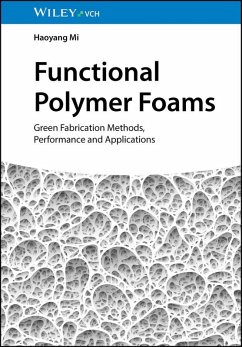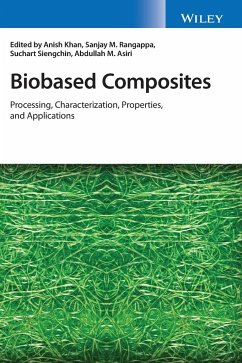
Biodegradable Polymer Blends

PAYBACK Punkte
85 °P sammeln!
Biodegradable Polymer Blends and Composites from Renewable Resources provides a comprehensive, current overview of biopolymeric blends and composites and their applications in various industries. The book is organized according to the type of blend or composite. For each topic, the relationship between the structure of the blends/composites and their respective properties is explored, with particular focus on interface, compatibility, mechanical, and thermal properties. Real-life applications and potential markets are discussed. This is a premier reference for graduate students and researchers in polymer science, chemical and bio engineering, and materials science.
Learn How to Design Environmentally Friendly Polymer Blends and Composites Highlighting important new developments and findings, this book explores biodegradable polymer blends and composites from renewable resources and points to their potential markets. Readers will discover how to work with blending and composition formulations to create new, environmentally friendly products with valuable properties. Following a general introduction, the book is divided into six parts: * Part I focuses on natural polymer blends developed with melting, aqueous, or reactive blending. * Part II demonstrates how to improve the thermal properties of aliphatic polymer blends. * Part III discusses hydrophobic and hydrophilic blends, in particular polyesters and natural polymers. * Part IV examines composites reinforced with natural fibers. * Part V introduces the development of nanoclay-reinforced composites, including novel techniques to delaminate clay for use in natural polymers. * Part VI investigates multilayered systems from renewable resources. By exploring the relationship between microstructure and properties for each category of blends and composites, the book helps readers design their own materials. In addition to standard techniques, readers learn several innovative, advanced techniques for improving the interfaces between hydrophilic natural polymers and hydrophobic biodegradable polyesters. Readers also learn the latest techniques for analyzing and working with biodegradable nanocomposites. Combining fundamental science with applications that have either been commercialized or show great promise for commercialization, this book is ideal for material and polymer scientists as well as students who are interested in bringing new environmentally friendly products to market.






